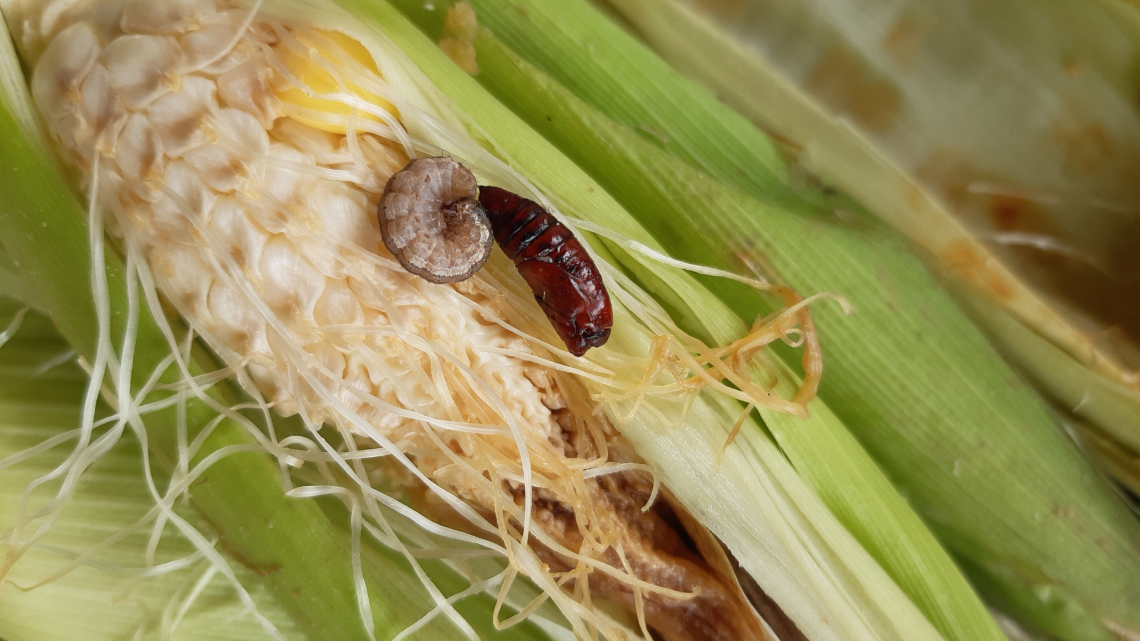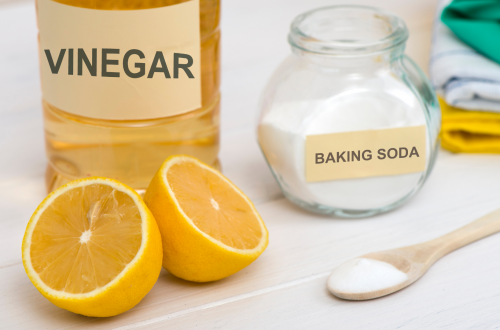
How to Control Corn Earworms in the Garden
Corn earworm is a nasty little bug that can damage your corn crop. If you catch it before it gets too bad, you can lose very little of your corn. However, letting it get out of control can completely wipe out your corn crop.
What Is a Corn Earworm?
Corn earworm is the nickname for the moth that lays eggs on the corn plant and eats the leaves and silk. Corn earworm larvae feed on the corn silk and later on the corn husks, where they emerge as adults. The adult moths do no damage and fly away when disturbed. Two species of corn earworm, the dingy fly and the tobacco budworm have similar life cycles, though the damage they cause varies.
Here Are the Tips to Control the Corn Earworm in the Garden:
Watch for symptoms
Various methods can be used to control corn earworms in vegetable gardens. They consume husks and silk pads, so protecting your plants from earworm damage means keeping them free of husks and silk and watching the symptoms.
Use Bt Corn
Bt corn is a genetically modified variety of corn that produces a toxin the corn earworm can’t tolerate, effectively controlling the pest.
Move plants to shade.
Corn earworm caterpillars can devastate your garden, causing extensive damage to your plants. All you need to do to protect your garden from damage is to move your plants away from direct sunlight and into partial shade. Corn earworm caterpillars are attracted to and thrive in full, direct sunlight, so move your plants to shade, where they’ll enjoy easy access and shelter from heat and sunlight. For a more permanent solution, you might also consider constructing Solariums in Long Island, NY, or elsewhere. A solarium, with its glass walls and ceiling, can create a controlled environment where you can manage direct sunlight exposure and protect your plants from corn earworm caterpillars. Make sure to reach out to a reputable company specializing in the design and construction of solariums. These experts can help you build a solarium according to your requirements, thus providing you with an ideal space for nurturing your plants.
Plant Bt Corn
The weather is finally warming, so it’s time to break out the gardening gloves. Planting Bt corn may be your best option if you want to control bugs in the garden. Bt corn can successfully control many types of insects. Corn earworms are the main target for Bt corn, but other types of insects can also be controlled.
Plant non-Bt corn
The spotted, striped, and white-striped caterpillars are especially bad, as they are voracious eaters and will strip corn stalks of their silks, leaving only the cobs behind. To help keep these pests away, plant non-Bt corn or purchase heirloom corn varieties that aren’t susceptible to the corn earworm.
Purchase resistant plants
A corn earworm infestation is the worst kind of garden pest. These little caterpillars burrow into your corn plants’ leaves and can ruin your entire crop. Corn earworms aren’t picky-they eat everything! Fortunately, purchasing resistant corn varieties and planting them early in the season can help keep these pests at bay.
Use natural pesticides
When those sweetcorn cobs start to take on a golden hue, signaling harvest time, the last thing you want is an invasion of earworms. These troublesome insects are notorious pests that can wreak havoc on your corn crop, jeopardizing your harvest. Thankfully, there are measures you can take to control or eliminate these pests. As a simple solution, you can enlist the help of a Florida Pest Control company or the one in your local area, that utilizes eco-friendly solutions to eradicate these critters effectively.
While many garden pests can be managed with diligent monitoring and natural remedies, some infestations demand a more specialized approach. This is particularly true for pests that pose a direct threat to human safety or property, such as certain aggressive insect populations. For instance, encountering a large bee swarm or an established hive near your home or garden requires expertise beyond typical DIY methods. In such urgent situations, it’s often best to contact a professional for a fast bee control service to ensure safe and effective removal. These experts possess the necessary tools and knowledge to handle delicate situations, protecting both your family and the beneficial insects themselves.
In conclusion, the corn earworm ranks among the most detrimental garden pests due to the havoc it wreaks on corn crops. Its damage extends to sucking moisture from corn husks and stalks, resulting in wilting and collapse. Additionally, it causes defoliation, with leaves yellowing, falling off, and wilting-a clear threat to the health and yield of your corn crop.
Corn earworms are a devastating pest that attacks corn, soybeans, cotton, alfalfa, and many other plants. As damaging as it is, this pest can be seriously managed with the right tools and wild plant management techniques. Learn how to control corn earworm and prevent it from damaging your crops.
It’s essential to keep plants well-watered and prune off wilted leaves. Corn earworms are most active during hot, dry periods. Irrigating plants regularly can prevent pests from developing. Applying a Bacillus thuringiensis-based pesticide that is labelled for corn earworms on tassels can help control them.
You can prevent corn earworms from ruining your garden with just a few simple steps. Be sure you’re not using toxic pesticides. Get rid of them by attempting to hand-pick the corn earworms off the plants or crushing them. The most effective method is to kill the larvae with Bt, a naturally-occurring insecticide that is found in the soil.
There are a few different ways to control corn earworms in the garden. Applying natural pesticides such as pyrethrum can be applied to the plants to control the caterpillars. Applying neem oil to plants is also effective at controlling the caterpillars. These two natural products will not harm the other plants in the garden.





